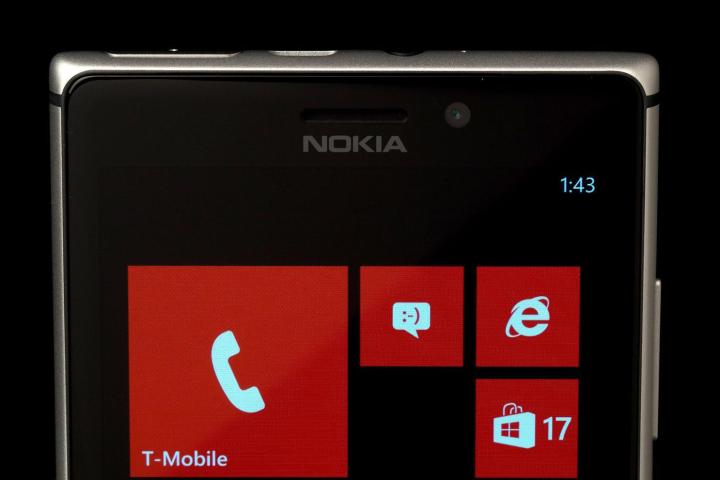
While many of us consider the mobile world to be one driven by 4G LTE connections, there are many countries which rely on fast 3G connections. Even those of us with a 4G phone connected to a 4G network frequently see our devices using a 3G signal, so any additional features added to the older system should benefit us all at some point.
The continued development of the 3G system has seen several new features introduced recently. Nokia has wrapped three of them up in a single package, tweaked the result, and called it the “Nokia Networks High Speed Cell_FACH.” Nope, it’s not catchy, and the tech behind it is rather complex. However, once it has been added to a network, and we get to experience the benefits, it becomes considerably more interesting.
Related: Hands-on with the excellent Lumia 830
During live tests on a regular network, phones using Nokia’s enhanced 3G system saw between a nine to 40 percent increase in battery life, an impressive 65 percent response time speed increase when using an instant messenger app such as WhatsApp, plus a 20 percent improvement in browsing speeds. Finally, calls were set up 44 percent faster than before. So, that’s more battery life, faster messaging and web browsing, and less waiting around for calls to connect. Sounds good to us.
Although it’ll be down to networks to add Nokia Networks’ new feature, it’s a software upgrade, rather than a more expensive and time consuming hardware upgrade. On the smartphone side, our devices do need to support the technology before it’ll work. Nokia has been working with Qualcomm on the project, and tested it out on Snapdragon 800-equipped devices, indicating that many popular phones will have built-in support already.
According to this report, tests have been carried out on a “major European network,” but there hasn’t been any confirmation that this will lead to the feature being eventually introduced. We’re hoping that changes soon.



